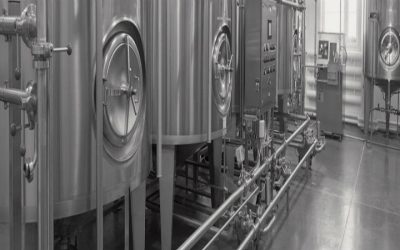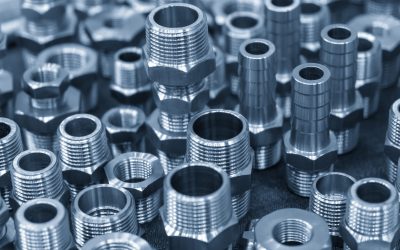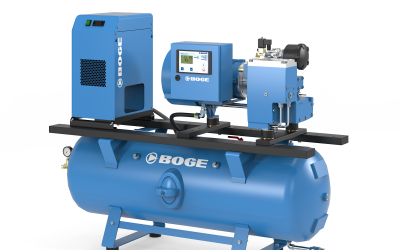When you need to process fluids for food or beverages, standard equipment is not up to the job. You need materials which meet FDA standards to maintain proper hygienic conditions. This is why the sanitary centrifugal pump is an important part of many food and agricultural processing businesses today. Here is information on how these pumps work and the many benefits they have to offer.
Centrifugal Vs. Positive Displacement
Most industrial pumps work on either centrifugal or positive displacement principles. By understanding how both of these pumps work, you can get a better grasp of the importance of centrifugal pumps. Centrifugal means to move away from the center, and this is best created with a spinning motion. A sanitary centrifugal pump uses an impeller to propel liquid through a system.
Reciprocating positive displacement pumps work with pistons or diaphragms to move material through a system. Rotary positive displacement pumps rely on turning gears meshing together to create a constant flow of liquid.
Benefits
The sanitary centrifugal pump offers advantages over positive displacement pumps. For one thing, the design is very simple, and you have few moving parts to worry about. Simple design and few parts give you an efficient operation with little maintenance concerns. This is a good way to improve efficiency.
An impeller driven pump can handle large volumes of liquids with no problems. This makes them efficient in large operations. They easily run at high-speed because of their simple design.
Pressure Relief
With positive displacement pumps, pressure can build within the system. This requires pressure relief valves to maintain safety and prevent explosions or equipment damage. Centrifugal pumps have pressure relief built-in to them.
There are a few disadvantages. For instance, some pumps are not self-priming. They are not meant to run dry, or damage could result. Cavitation is possible with low-pressure fluids.








